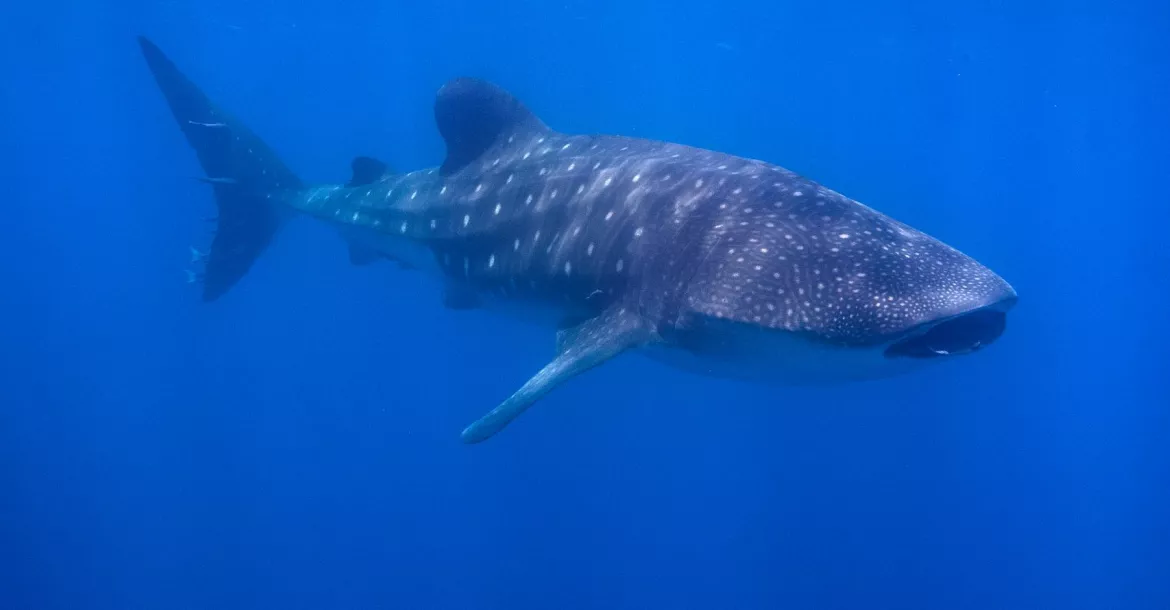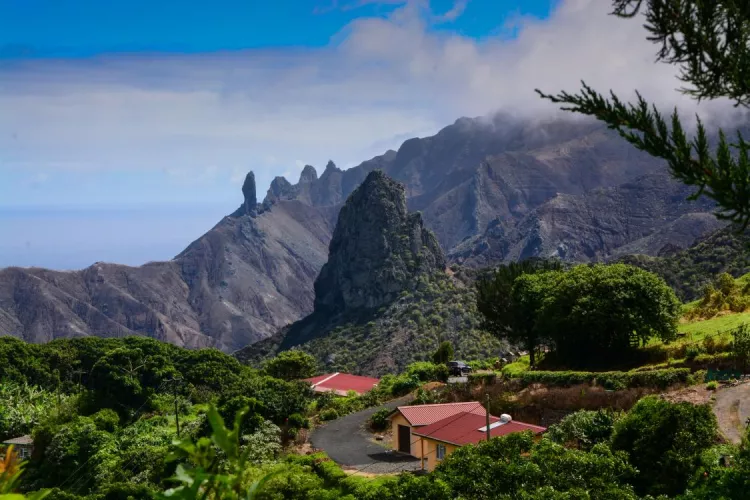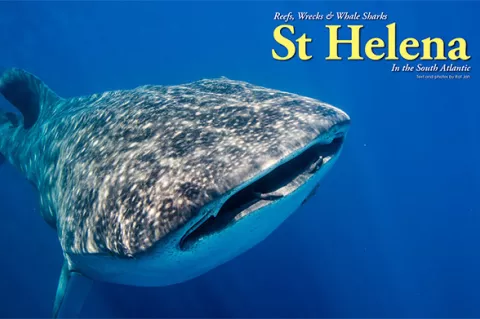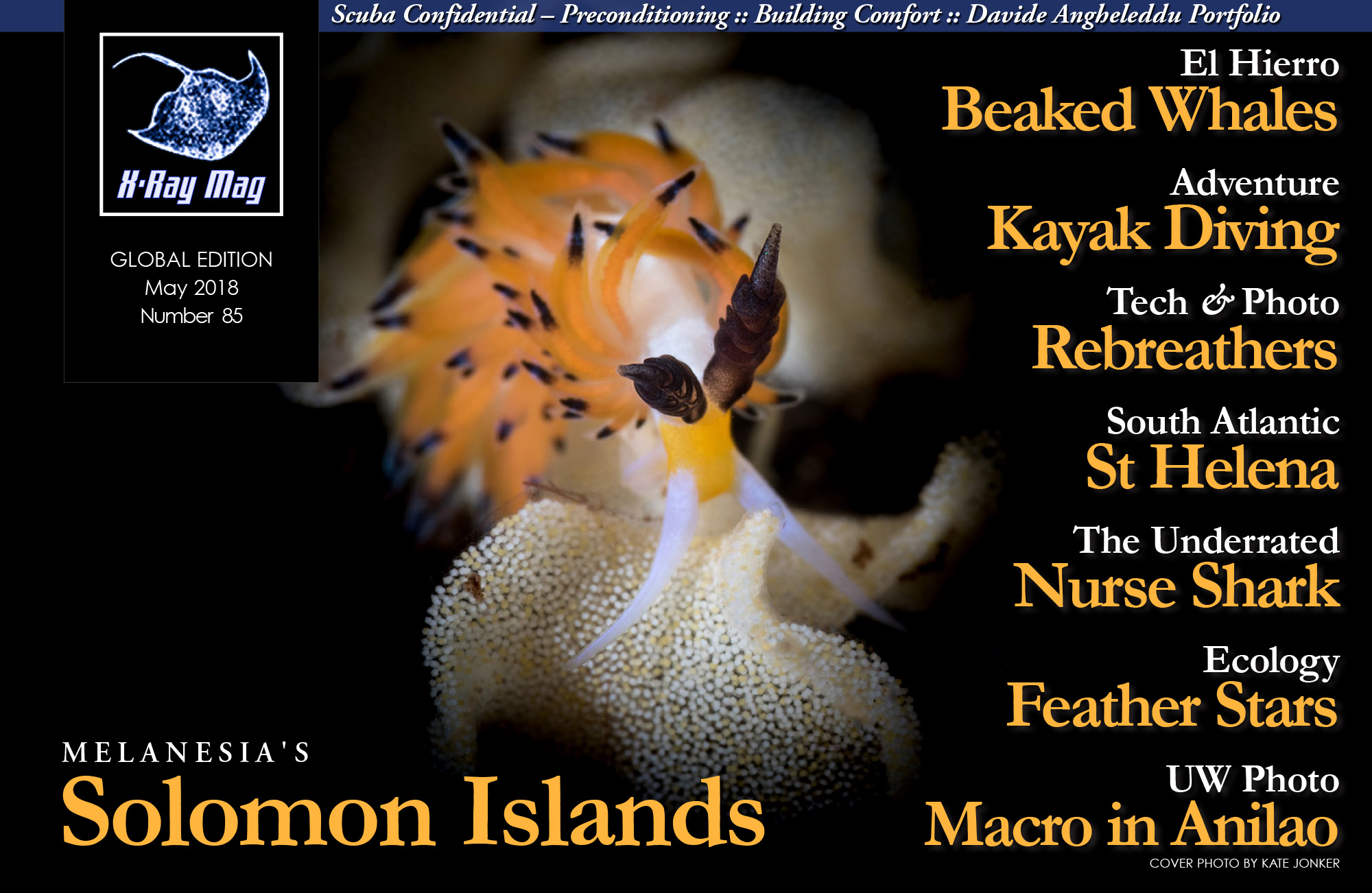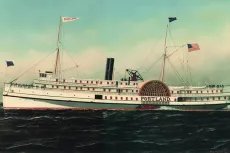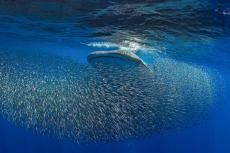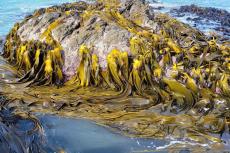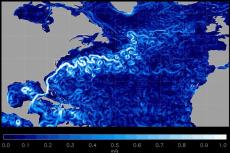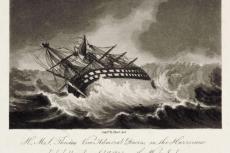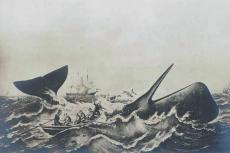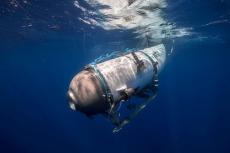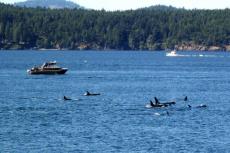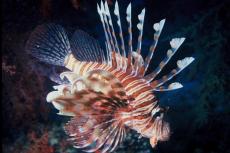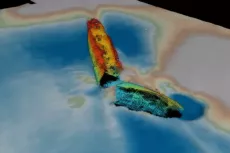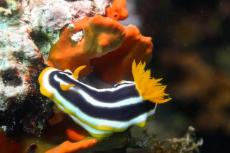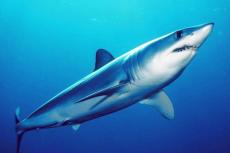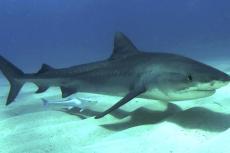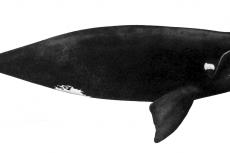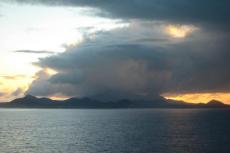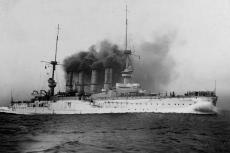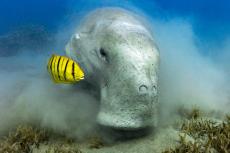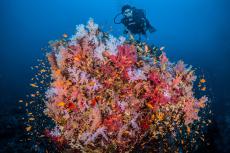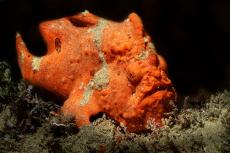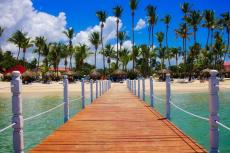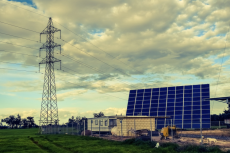The remote island of St Helena has been an enigma in the South Atlantic Ocean ande ffectively out of reach for most people. For over two decades, contributor Raf Jah had his eyes on St Helena, and he made a vow that when the day flights were announced, he would buy a ticket.
He kept that promise and this is the story of the adventure.
Contributed by
Factfile
Farhat "Raf" Jah started taking photographs at the age of about seven with a borrowed camera. Always planning to be a journalist, he fell into the world of scuba diving in 1994. He went on to set up India’s biggest dive centre.
At this point, he started writing and taking pictures of his journey’s through India in dilapidated landrovers.
After closing his dive operation in 1998, he set off around Africa in another landrover, writing along the way. He never left. He set up a dive centre off the coast of Tanzania on the Island of Pemba.
Now he concentrates on writing and underwater and fine art photography.
His articles and images have appeared in numerous publications, with subjects as diverse as expedition, aviation, travel and fine art images of his native Turkey.
Jah currently divides his time between Tanzania, Turkey and Asia.
For more information, visit: farhatjah.com.
Historically, the only way to visit the British territory was by Royal Mail ship or yacht. With limited yet lengthy sailings and even more limited and very expensive cabins, the island was effectively out of reach for most people.
Three months after the first Embraer E90 landed on St Helena’s new airfield, Raf and and his wife Francisca stepped off the plane with a group of rather experienced divers.
Much has been made of the new airport on St Helena Island. And much has been made of the dramatic landings on St Helena. Our reality was simple: a three-hour-and-15-minute flight from our last refuelling stop over the azure Atlantic Ocean. As we approached St Helena, I peered out of the window at the clouds and the shape that was the Island. We made one pass by the island before beginning our approach. The plane curled past an impressive brown knob of rock and suddenly banked to the left and descended slightly. With a healthy bounce, we made contact with the runway. The pilot steadied us, and then all three wheels were on the tarmac. With reverse thrust and a bit of braking, the Embraer E90 rolled to a stop.
St Helena Air Terminal looked ultra-modern, with its shiny glass exterior and clean parking mat. State-of-the-art crash fire tenders, ambulances, re-fuelling trucks, various vehicles along with an out-of-place Dennis town fire engine were parked near it. In the afternoon sun, it all looked quite delightful and breezy, like a tiny regional British airport in the glorious summer sun. For this was all undeniably British. Sadly, the vestiges of Britain were also in attendance, with needlessly officious immigration and quarantine officers. This was not the United Kingdom of 2018, but of my childhood in the 1970s. Rather than be bothered by the foolishness of the situation, we made jokes about it until we finally exited the building.
The airport has been misnamed Jamestown Airport, but in fact, it should really be called “Spider Hill Aerodrome,” for it sits next to the world-famous Spider Hill. Indeed, its runway sits in the direction it is, wind shear and all, to save the protected funnel web spiders.
In the carpark, our friend and contact, Anthony Thomas of Sub-Tropic Adventures, met us and loaded our bags onto two vehicles. We set off along a winding road towards Half Tree Hollow and our accommodation. The jeep must have passed through four different ecosystems, from barren desert to lush green forests and small patches of farmland.
After dumping our frogman kit, Anthony took us on a quick cook’s tour. The island consisted of a large volcanic rock with lush green valleys, peaks and mountains starting at 2,000ft. With the cooling wind blowing at altitude, you would almost think you were in the valleys of Wales.
Ladder Hill Fort
Then we descended to Ladder Hill Fort. Pronounced “ladi hiw for” by the Saints, this was an impressive fortification that overlooked Jamestown and its sheltered harbour. Once a simple East India Company fortification, Ladder Hill Fort has evolved over the centuries, with its last additions of naval guns being added during World War II. Now, it was home to the “interim fire station,” a tin-roofed shed that housed a couple of British Dennis fire appliances and a Carmichael conversion- a fire-fighting landrover. When I asked, I was told that the interim fire station was, in fact, the main fire station and had been “interim” for 20 years.
The fort was open to all, and afforded views of the yachts at anchor and the tenders and barges that service the Royal Mail Ship St Helena. The RMS, as she was known by the Saints, was due in the harbour for its last sailing in a few days.
Jamestown
Below us was a series of 700 large steps that descended 700ft down into Jamestown. These steps were called Jacob's Ladder. Once a supply railway to the fort, it had now been transformed into a steep shortcut from town to Half Tree Hollow. We declined to descend the high steps and drove sedately down into St Helena’s administrative capital, Jamestown.
It turned out to be a quaint English fishing village, with no recognisable shops. Jamestown had the same air as parts of Malta and Gibraltar, but with quintessentially British people. The Saints spoke with a patois that sounds to have its roots somewhere between Cornwall and Australia.
The only downside was that the only restaurant that was open every night was that of the Mantis. Other restaurants or cafes would open for a few hours on certain evenings to cater for the wishes of the Saints and expats wishes. After a quick familiarisation with the sea, post office, tourist office and the rendezvous point for diving, we drove back up the hill and went to dinner.
To sea
Our diving started the next day. We had opted to stay in the Williams Estate, a series of well-appointed semi-detached bungalows on the side of a mountain. This meant driving down to the wharf every day. Ladder Hill Road was a narrow winding path, which had clearly been an old wagon track. In most places, it was a single-track road, with a small stone wall between the driver and the drop. Descending against the flow of traffic required a keen eye and a swift foot for the accelerator and brake. We made it down with no issues and sought out the dive centre.
St Helena was not the most conventional of islands. Its towering rock cliffs had occasional fissures that dropped down to the sea in steep valleys. At the end of these valleys, there was sometimes access to the sea. This could be in the form of a rocky cluster or a stony beach. At the mouth of every Jamestown was a case in point. The end of the valley was capped with a fortified wall, which sported a large gate. Beyond the wall was a now dry moat, the sea wall, and a shingle beach. There was no jetty, as the island had no deep-water wharf. All ships had to anchor in the bay and have the containers and passengers offloaded by lighter or barge. Every single person going onto and off St Helena had to arrive or leave from a set of steps, 20ft wide.
Anthony had just rented new premises for the Sub Tropic Adventures Scuba Diving Centre, but had not as yet, made the move with all his kit. As such, we assembled by the famous steps and waited. A white Ford transit pick-up appeared, and Anthony and his no. 2, Paul Cherret, started to unload everything. We pitched in and helped while Anthony took a skiff out to collect his RIB. Loading up took seconds, and we were on our way. Anthony was apologetic: “This is not normal. Soon, we’ll have the dive centre down here and we’ll pre-load the boat, and you will simply step aboard.”
Anthony was definitely on the ball, but it made the expedition more real to unload our dive equipment, cylinders and weights, before assembling our scuba kit on the wharf. Just as we were ready, Anthony appeared with a solid South African-manufactured RIB, equipped with radio, first aid kit, oxygen and twin 115 Suzuki four-stroke outboard engines.
Getting into any vessel from St Helena involves a step of the famous steps. Ropes hang down from a metal pole to allow people to pull themselves up at low tide. It seemed incongruous to depart for a dive trip in exactly the same way as governors, Saints and traders had done for over a century.
Anthony turned the RIB eastward, and we zoomed out on the flat calm water. It was a grey day for summer, and we looked back at the island, which looked like a forbidding brown rock made up of towering cliffs and nothing else.
“When expats used to arrive on the RMS, they would look at the rock and wonder where they had arrived. It was only when they went ashore and found the green valleys and views that they calmed down,” chuckled Anthony mischievously.
Diving
Long Ledge. Fifteen minutes later, we arrived at Long Ledge. Paul threw the anchor in, and we checked our air and kit. After a safety check, we rolled backwards into the water and descended to 6m (18ft) and waited for Anthony.
At 22 degree Celsius, the water was unseasonably cold, and I regretted not bringing my hood. I squirmed and wriggled until all the water in my 5mm Mares suit was warm. I had chosen to buy a standard 5mm suit, rather than some fancy so-called semi-dry effort, and with careful use, the Mares was quite fine.
The others soon appeared, and Anthony led us into a series of swim-throughs or large caves. Each of these caves was brightly lit by shafts of light that pierced into the blue water. The water was extremely clear. The bottom seemed to be a mixture of sand and rock, and yet the rocks were colourful under a torch. Between each one, there was life of some sort. Nudibranches, flatworms and small fish were everywhere. Inside the caves, there were schools of sergeant majors and squirrelfish.
Anthony led us along a series of ledges until we ended up swimming along a finger that pointed out to sea. The bottom dropped away below us, and as we got to the end of the finger, the marine life started to build up.
The fish were clearly attracted to the point. This was a long ledge, and we were at the end of it. I popped down to 26m to have a look at the base of the ledge and found some moray eels and pipefish wandering around. But by this time, I had been diving for 45 minutes and my air was getting low. I slowly made my way back up, and Cisca and I continued along the ledge at 10m, and then 6m, slowly off-gassing as we went.
Papanui. Our second dive was the Papanui, a broken-up steamer that sank in front of Jamestown in 12m of water. The rudder was full of life, but the broken plates and boilers made for a fascinating dive site.
We wandered off across the sand to find the second even more broken-up wreck, and we were pleasantly surprised to find it. We had quite a feeling of history, diving on these two ships, which were over a century old.
We ascended early, but soon the others popped up, yelling and screaming about a devil ray playing with them for 30 minutes. I grabbed my camera and slipped back into the water to look for the ray. It appeared below me and started to do circles. I ducked down on a single breath hold and snapped three photos of the amazing creature below me. Having broken one of the cardinal rules of diving, I thought it best not to be too naughty and left my post-scuba dive, snorkelling activities at that.
Whale sharks
We spent five days diving in St Helena, snorkelling with whale sharks and going for afternoon walks in the green valleys. It would be quite boring to list all of the dives, but if there was one dive that summed up the reason to jump on a plane to St Helena right now, it was Torm Ledge.
This dive site in St Helena is based upon a ledge that is about 45m deep and runs a mile out to sea. Only here does the drop-off really begin and descend to 3,000m. Torm Ledge turned out to be an underwater pinnacle that rose up from the sea bed.
We dropped in at 9m and were immediately surrounded by amber jacks, giant trevally and rainbow runners. As this was our last day underwater, I dropped down to 36m where the fish swirled lazily around my camera. They bumped into me, blew bubbles and hunted in front of me.
As I made my way back to 18m, a cloud of powder-blue surgeonfish covered the top of the pinnacle. When they lurched into the blue, they blotted out the sun. Cisca and I sat in the cloud, finning gently in the current watching the pelagics play and hunt.
Just when I thought it could not get any better, a dark shape loomed out of the blue and cruised slowly up to us. An enormous whale shark was right in front of us. It was so slow, I could even snap a photo of Cisca with the shark in the background. The whale shark cruised away, around Torm Ledge, and came back, keeping us company until the end of the dive.
As we climbed back onto the RIB, the whale shark, not satisfied with saying hello once, hung around us under the dive boat. We could literally see it from the pontoons. Someone slid into the water with a mask, and the whale shark just sat there unperturbed.
After that, there was only the final task of enjoying sundowners at Rosies Café, before descending Jacob's Ladder to the Mantis Hotel for an evening meal of plov, the St Helenan specialty. Central Asian pilav, or plov, arrived in St Helena through the East India Company. Now, it is their national dish.
The next day, it was time for the trek past Napoleon’s house to the aerodrome at Spider Hill. There was some sea mist, but the E90 landed as soon as it cleared. We walked across the tarmac and boarded the aircraft. It taxied to the end of the runway and roared down the concrete strip. Soon enough, we lifted off the British rock in the middle of the south Atlantic Ocean, turned southeast and made a course for Africa. Four and a half hours later, we landed at Johannesburg Airport and the real world. ■
Getting there
Every week, an Embraer E90 arrives at Spider Hill Aerodrome. As such, the atmosphere of the island has not changed since the boat days. So, the time to visit is now, before the dynamic and spirit of the island is changed by multiple flights. We travelled with the African and Oriental Travel Company, which specialises in travel to St Helena and Africa. The company organises dive holidays in St Helena, starting at GB£800.00 per person. Flights are GB£780 from Johannesburg and GB£450 from Europe to Johannesburg. So, one week, ex-Europe, could cost a traveller around GB£2,030. For more information, visit: orientafricatravel.com.

